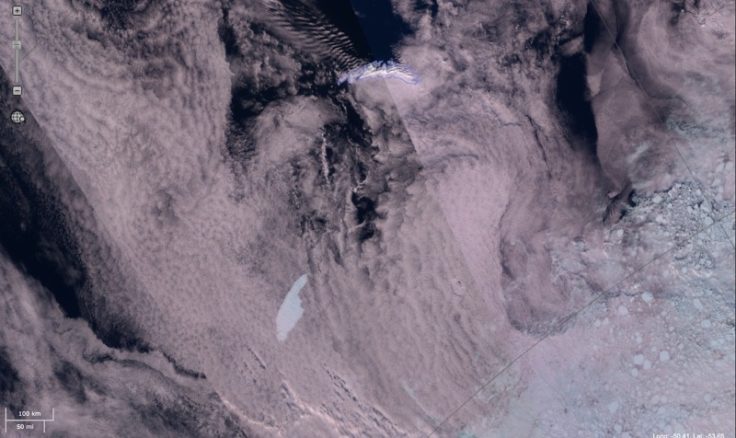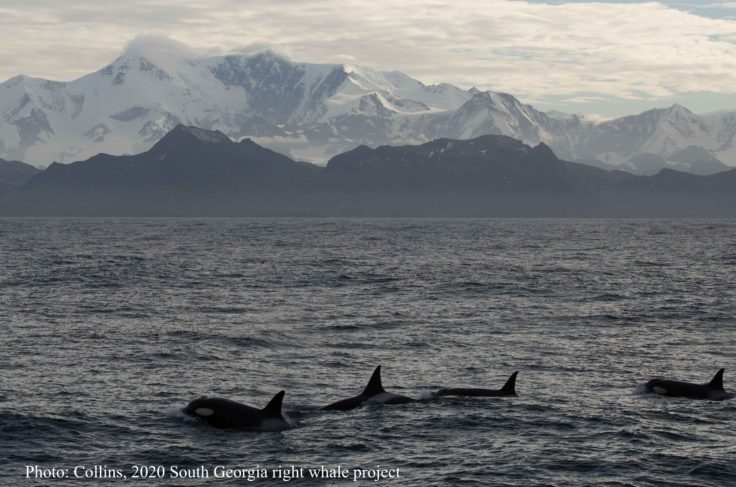Global S&T Development Trend Analysis Platform of Resources and Environment
| A68 iceberg heads towards South Georgia | |
| admin | |
| 2020-11-04 | |
| 发布年 | 2020 |
| 语种 | 英语 |
| 国家 | 英国 |
| 领域 | 资源环境 |
| 正文(英文) | An iceberg is heading towards the sub-Antarctic island of South Georgia. A68a – the size of the UK county of Somerset – broke off from the Larsen C ice shelf in 2017 and has been drifting north ever since. If it becomes grounded near the island, it could cause disruption to the local wildlife that forage in the food-rich ocean. 
 Although satellite imagery suggests A68a could be on a direct path for South Georgia, it could continue north.
BAS Remote Sensing Manager Andrew Fleming said a request was going into the European Space Agency for more satellite imagery, particularly from its pair of Sentinel-1 radar spacecraft.
|
| URL | 查看原文 |
| 来源平台 | British Antarctic Survey |
| 文献类型 | 新闻 |
| 条目标识符 | http://119.78.100.173/C666/handle/2XK7JSWQ/303122 |
| 专题 | 资源环境科学 |
| 推荐引用方式 GB/T 7714 | admin. A68 iceberg heads towards South Georgia. 2020. |
| 条目包含的文件 | 条目无相关文件。 | |||||
| 个性服务 |
| 推荐该条目 |
| 保存到收藏夹 |
| 查看访问统计 |
| 导出为Endnote文件 |
| 谷歌学术 |
| 谷歌学术中相似的文章 |
| [admin]的文章 |
| 百度学术 |
| 百度学术中相似的文章 |
| [admin]的文章 |
| 必应学术 |
| 必应学术中相似的文章 |
| [admin]的文章 |
| 相关权益政策 |
| 暂无数据 |
| 收藏/分享 |
除非特别说明,本系统中所有内容都受版权保护,并保留所有权利。
修改评论